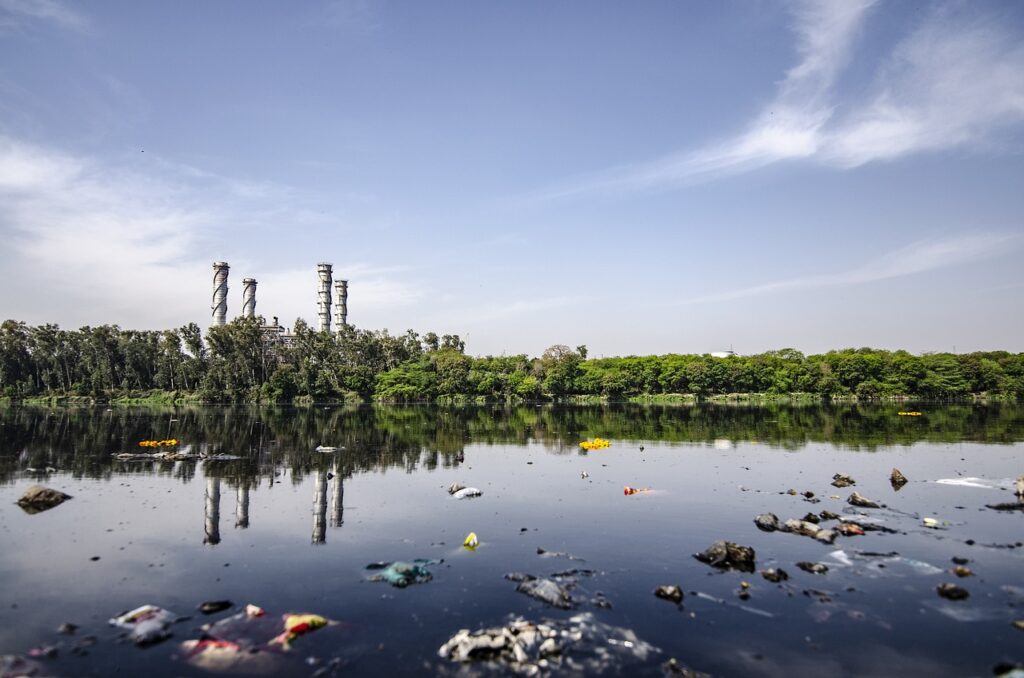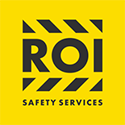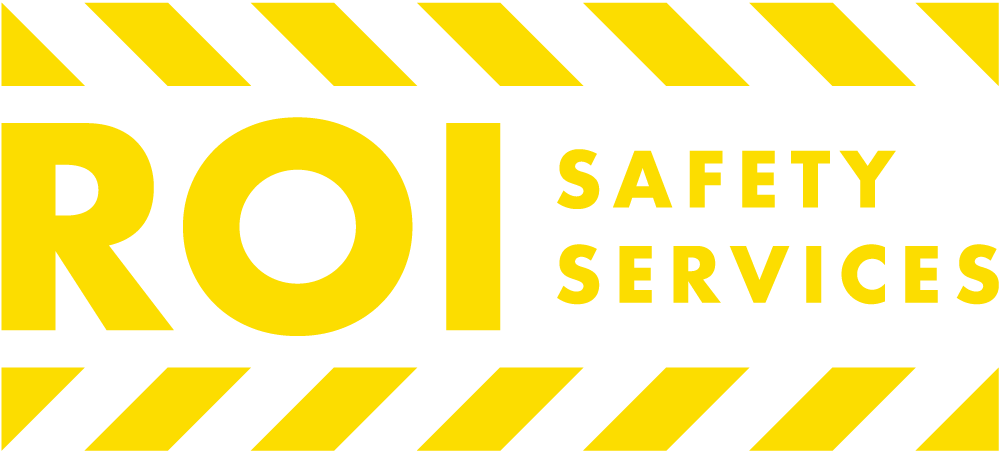Water pollution is a severe problem in modern society. People contribute to water pollution in many different ways daily; unfortunately, construction companies are one of the number one contributors to water pollution. The good news is there are many ways to protect water quality, and developing a sound SWPP is one of the most beneficial in the construction industry.
If you want to know how to stop water pollution and how an SWPP can be beneficial, keep reading!

Understanding Water Pollution
Water pollution occurs when harmful compounds get into water sources such as lakes, rivers, and oceans. While it can be seen sometimes, there are also instances where you can’t see the effects of water pollution. When dangerous pollutants and chemicals aren’t adequately controlled, they can wind up in the water table during construction activities.
Common construction-related sources of water pollution include:
- Cement
- Oil
- Diesel
- Paint
- Glue
- Other toxic chemicals
All these pollutants may enter the water due to runoff from building activities. Numerous pathways exist for contaminants infiltrating the water system, including drains, seeping into the ground, and runoff into rivers or lakes.
What Are the Consequences of Water Pollution?
Water pollution can negatively impact both the environment and people. Let’s look at the effect of this separately:
Environment
Environmental dangers from contaminated water caused by the construction industry are significant. Once pollution has gotten into the water system, it can harm or even kill the fish and other species that live there or consume the water. This may disturb the ecology of living things, including bacteria, fungi, animals, and plants, resulting in the demise of several species.
People
Groundwater can become contaminated by pollutants from construction projects. Since treating groundwater is far more complicated than treating surface water, certain pollutants could end up in people’s water. Chemical contaminants such as mercury and arsenic can be consumed through contaminated water supplies, resulting in significant health problems, including cancer.
How Construction Sites Can Stop Water Pollution
Construction site operators can reduce water pollution by implementing the following strategies:
- Keep materials such as cement and sand secure. You need to put materials somewhere they won’t risk being washed away into drains and waterways.
- Monitor and improve the disposal and management of site waste to prevent waste from spreading.
- Collect and treat wastewater appropriately.
- Cover any drains to prevent waste from flowing into the water.
- Keep the path and road to the construction site clean at all times. This effectively prevents pollutants, such as silt, from running into any bodies of water.
How an SWPP Can Be Beneficial in Stopping Water Pollution
A Stormwater Pollution Prevention Plan (SWPPP) is a written document specialized to a construction facility and signed by a company executive. It describes the steps the facility will take to stop the discharge of any unpermitted pollution. It identifies all conditions and activities at the facility that could lead to water pollution.
The main focus of an SWPPP is to outline the proactive steps the facility will take to prevent water pollution. However, the plan must also include processes and a list of the tools that will be utilized in the case of a release because even the best preparations can occasionally go wrong.
Therefore, by establishing an SWPPP, the site operators can identify when and where to implement the strategies to stop water pollution. While the above steps are crucial, an SWPPP takes care of all this. Therefore, it should be the foundation of any construction project.
What Does an SWPPP Contain?
Various steps need to be addressed in an SWPPP. The breakdown of these steps will help you to identify the cause of water pollutants, thereby helping you put in preventative measures. The various components addressed in an SWPPP are:
- Site descriptions: This will include all the details relating to water on the site, such as the locations receiving water and the direction of water flows.
- Pollution prevention team: This team will ensure that the plan has the best management plans and procedures to reduce water pollution are being followed. Furthermore, the team will also decide on necessary corrective actions.
- Activities that may cause pollution: The best way to stop water pollution is to identify the cause. Outdoor and uncovered storage of materials is the number one cause of sediment pollution in stormwater.
- Control measures, schedules, and procedures: The various control measures listed above should be documented and described here.
- Spill response plans: This needs to document responses in case the control measures fail.
- Inspection and monitoring: You will constantly need to monitor progress on the site to ensure the water pollution prevention methods are effective.
- Employee training: Employers must prove they have a program to train staff members on their stormwater pollution reduction strategy, best practices, and protocols for doing so.
Final Verdict
Site operators need to acknowledge the duty to monitor and reduce the quantity of pollution the construction industry generates. Knowing the number of pollutants and waste your work-related activities produce and their effects is one of the most straightforward actions you can take to prevent water pollution.
Fortunately, developing an SWPPP can help with all of this! Whether you’re an employee or employer, a comprehensive SWPPP is a fantastic strategy to enforce and encourage others to reduce water pollution.
If you need help with SWPP compliance, the skilled team at ROI Safety Services can help! We offer certified on-site stormwater consulting and monitoring services to assist with construction site management and help reduce water pollution.
How Many Employees Do We Train?
One of the most common questions company owners ask is how many people we train at once. In fact, we can handle groups of any size, so you don’t have to worry. Whether you have one person who requires training or 100 employees you wish to educate simultaneously, we will help them all with forklift training.
Napa, CA, training includes:
- OSHA requirements
- The fundamentals of safe operation
- Characteristics of forklifts
- Operator responsibilities and potential environments
- Data plates
- Load centers
- Brake systems
- Battery and propane safety
- Pre-shift inspections
- Driving and written tests


